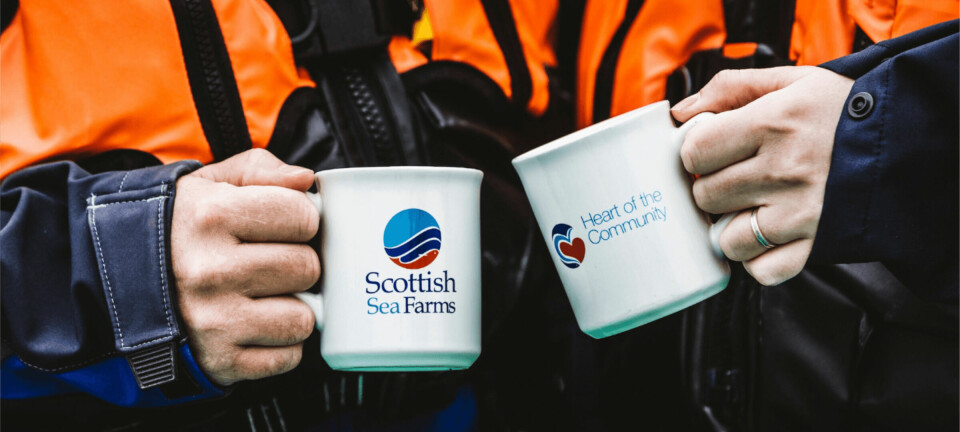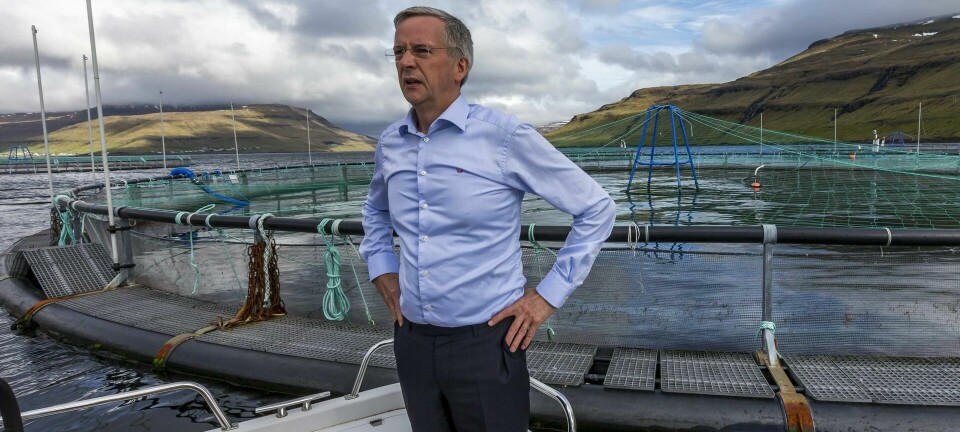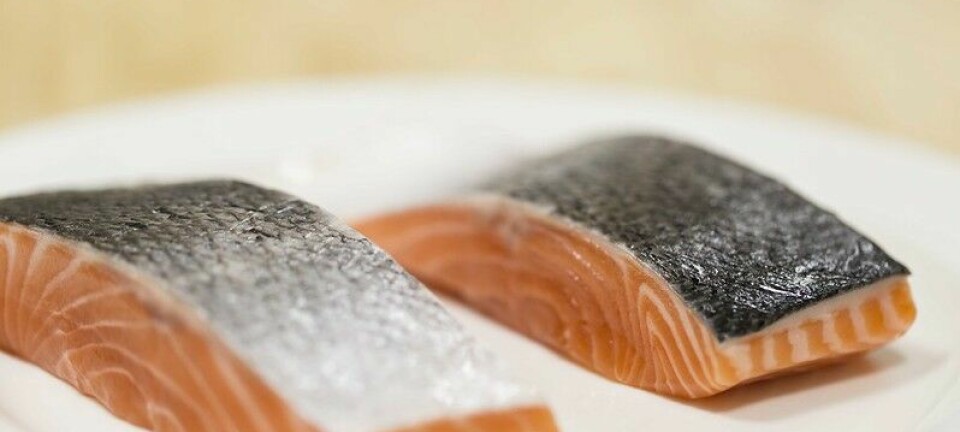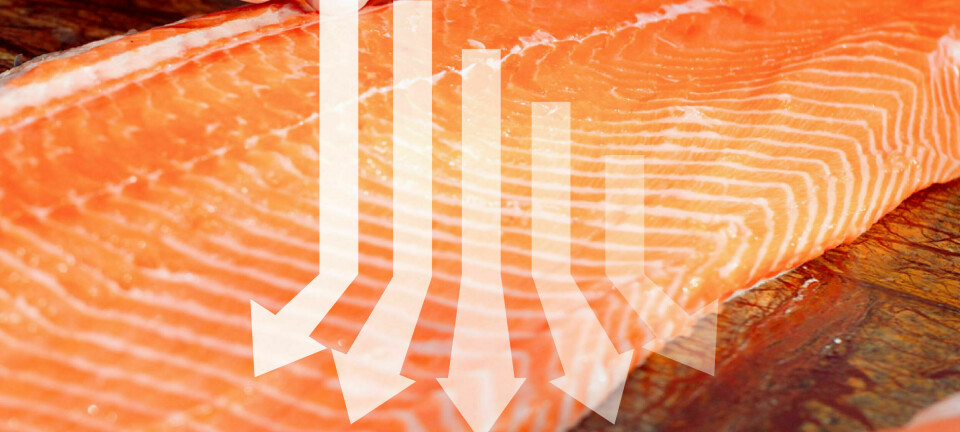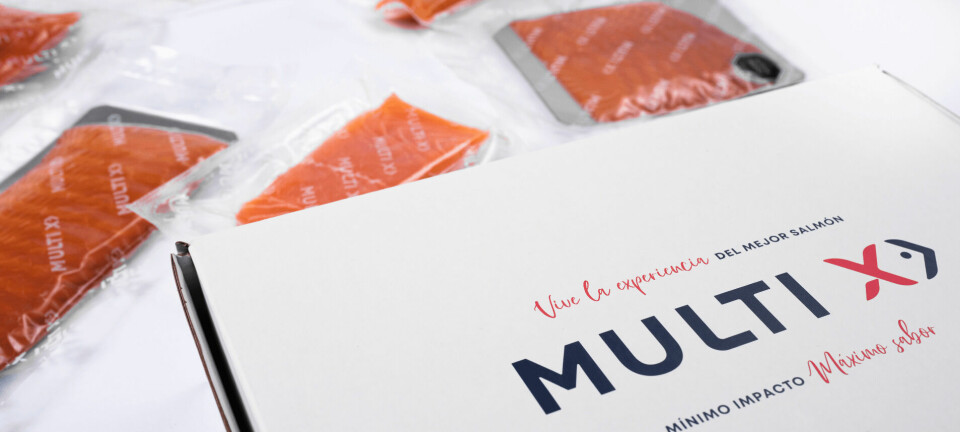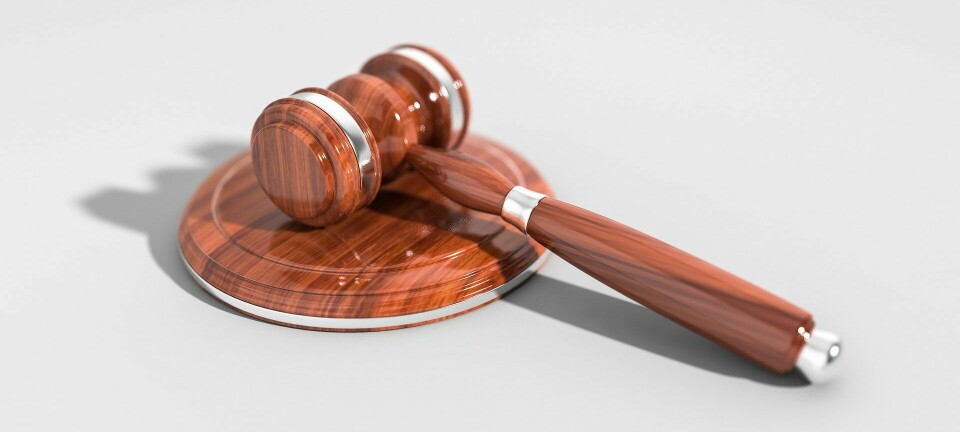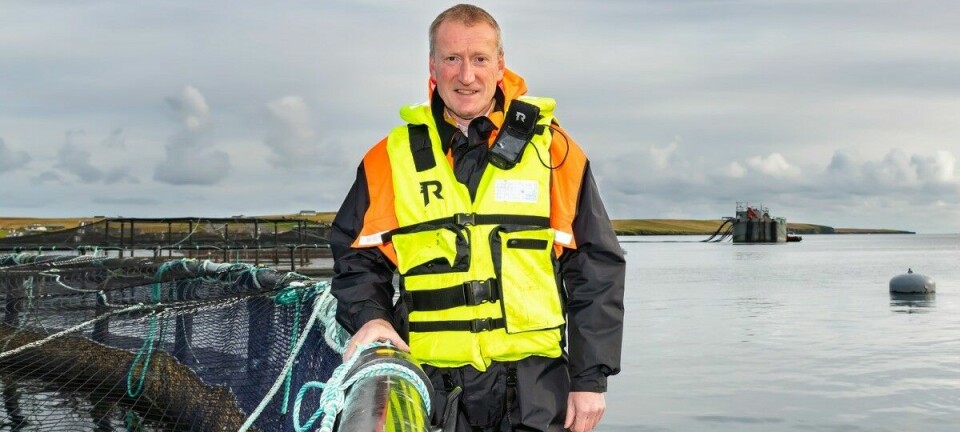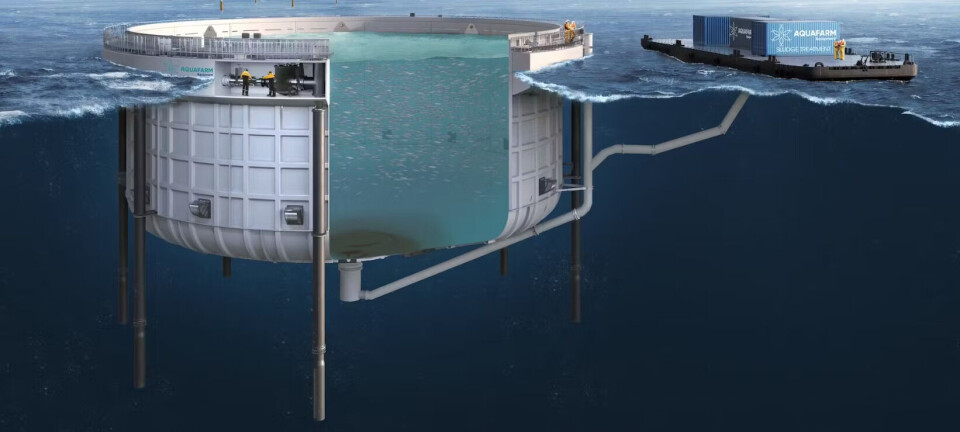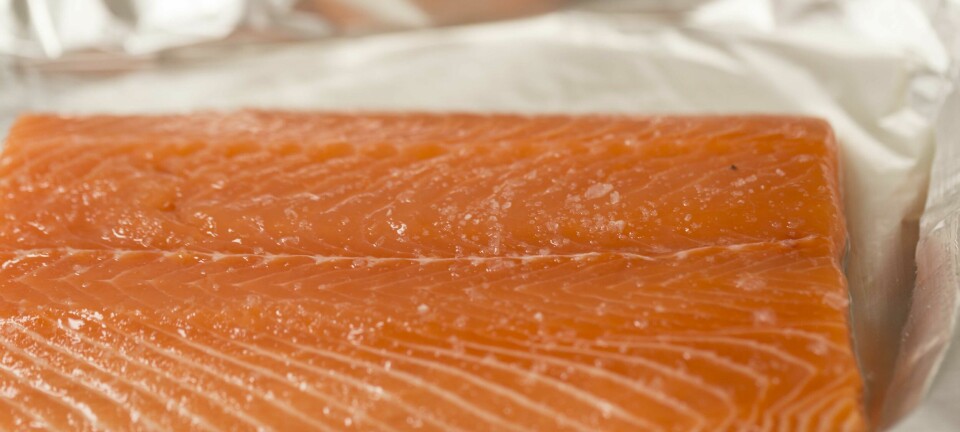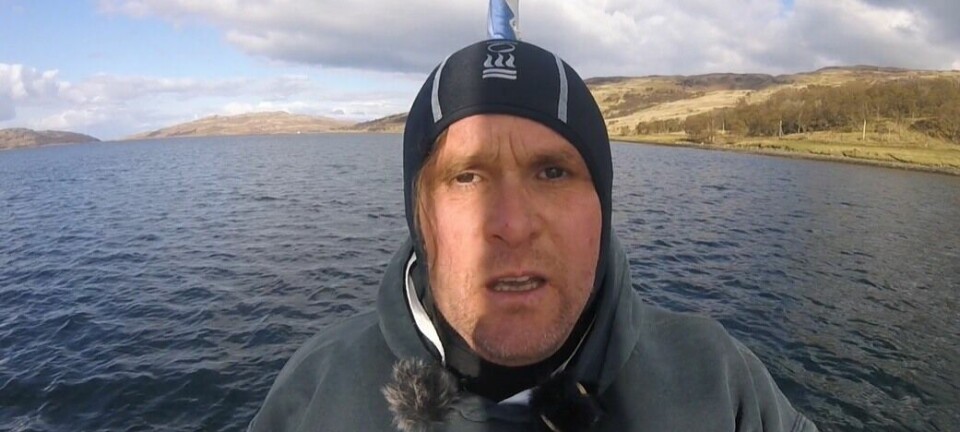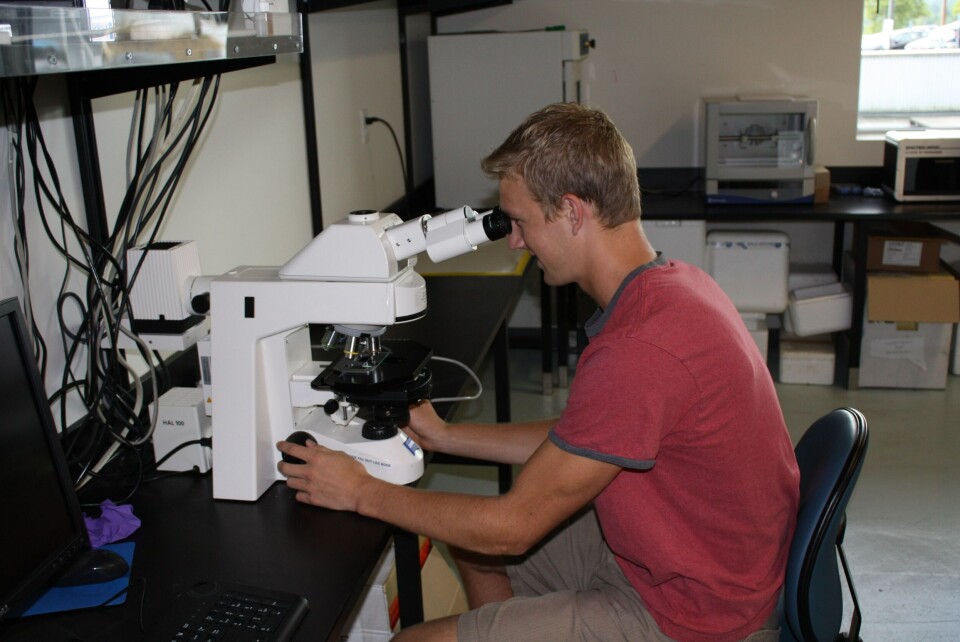
Myth number five: “Fish waste from netpen aquaculture harms the environment”
In the fifth of a series of Myths about Marine Aquaculture, FishfarmingXpert is reporting some of the material provided by the US National Oceanic and Atmospheric Administration (NOAA)- especially as it pertains to salmon aquaculture. Today‘s article deals with the myth that large amounts of organic waste tends to accumulate under salmon farms, creating “dead zones” where nothing lives. Today’s salmon farmers go to great lengths to avoid spilling fish feed- the most important cost factor in the business. And farms are located in places where currents carry the fish poop over great distances- just as what happens in nature- fish do poop in the ocean!
NOAA deals with the issue in the form of a Q&A session;
- What is nutrient discharge and why is it a challenge for finfish aquaculture?
Nutrient discharge from fish farming operations is organic and comes from two sources – fish excrement and uneaten feed that drifts into the water column. Both types of discharge contain nitrogen and phosphorus – which are biodegradable. Excretion from farmed fish, like that of wild fish, tends to degrade rapidly and is helped by proper siting of farms. Arguments are made that waste from fish farms may foul the area under the farm, making it unsuitable for native organisms. However, this is not the case in the United States, where decades of experience have led to effective management plans, proper siting, and regulatory regimes that ensure minimum impacts to the benthic environment.
From both regulatory and financial perspectives, strong incentives exist to minimize feed waste. In some finfish operations, feed represents up to 75% of the operating costs. Because of the cost of feed and the awareness of the environmental impact of overfeeding, farmers carefully manage feed delivery so as to maximize the growth and well-being of the fish without resulting in wasteful and contaminating excess.
- Where does the discharge from fish cages go?
In open ocean waters, the wastes are quickly dispersed in the sea and assimilated and recycled by marine bacteria and other organisms. What was considered a waste is converted into fertilizer and food for algae and seaweed, mollusks, worms, crabs, and other fish.
Did you know?
Salmon farms are managed to preserve species diversity and abundance. In both Maine and Washington, salmon farms are required to produce “no net enrichment” of bottom sediments. In Maine, the measure is a change in the benthic community; in Washington, it is determined by chemical analysis. Both states require recurring benthic video surveys. Maine manages net pen farms by alternating, or “fallowing” sites; Washington by locating the farms in high current areas over seafloor made of sand, cobble and small rocks.
- Doesn’t uneaten fish food accumulate on the ocean floor and pose an environmental risk?
Jurisdictions that regulate net-pen aquaculture set limits to what can accumulate under aquaculture facilities. In the U.S., this is typically set at “no net accumulation” on an annual basis. Feed for farmed animals is the most expensive input to fish farming (about 60% of the cost of growing fish). For this and environmental considerations, fish farmers take extreme precautions to avoid over-feeding. Farmers use advanced technology including automated feeders and underwater cameras to provide feed and monitor consumption. Due to these advances in technology and careful siting, feed accumulation on the ocean floor is much less of a consideration than it once was. Additionally, fish farmers work with state regulators to monitor the benthic effects of their operations.
Did you know?
Site “fallowing” is a technique used to address potential environmental impacts. For example, state law in Maine requires salmon farms to “fallow” their sites for one year after harvest. Fallowing requires the removal and cleaning of all equipment and leaving the site undisturbed, which allows the sea floor beneath the sea cages to recover from any potential impacts of fish farming.


